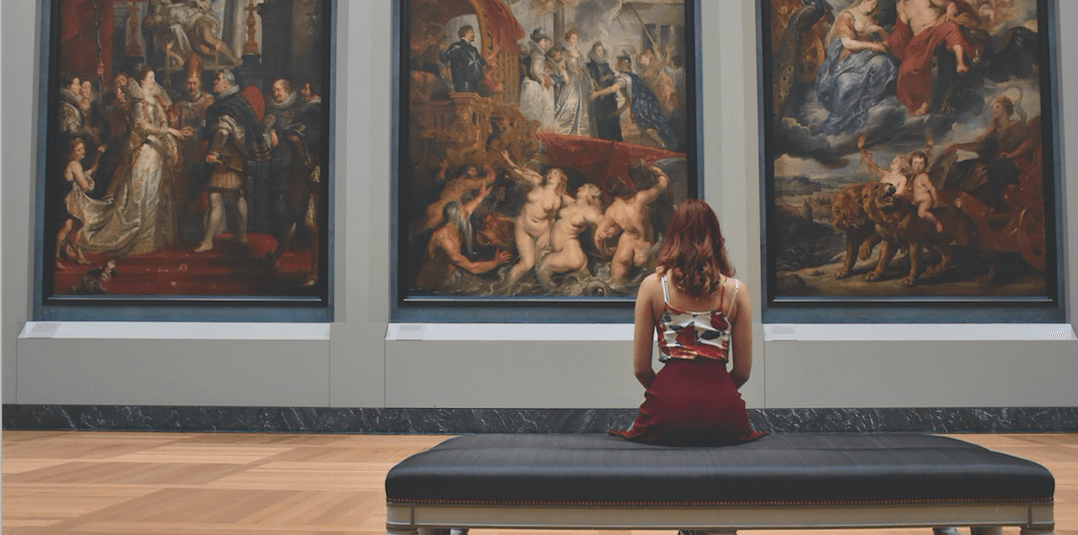
How to Sell More Tickets by Diving into Your Audience Data
This may sound strange, but the Mona Lisa and your favorite cat video on YouTube are competing against one another. They are competing for your attention and your time, and they are not alone. From museums to performance spaces, traditional art venues are adapting to how modern audiences consume culture by diving into their audience data to sell more tickets. Many venues have found success by learning to ask the right questions and organizing their data accordingly, read on below for tips and tricks from their experiences.
Just like any good work of art, success in using data must start with an understanding of what you want to accomplish. An organization must determine its priorities and clearly define what they want to understand about its audience. Newfields, an art museum in Indianapolis, has become one of the frontrunners in using data to drive in their audience. Director and CEO of Newfields, Dr. Charles Venable, states:
When I arrived in 2012, I looked at the museum’s attendance and membership… and we seemed to be underperforming… So, why weren’t we getting more traction? To figure that out, we started working with some consulting firms — like any commercial company would — doing market segmentation, branding studies, and surveying our audience in terms of, “How do you respond to this?” and “What do you think of that?” and “Would you come more if we did x, y, and z?”
The data, for Dr. Venable, was transformative: “After we tabulated their answers, we saw they were 400 percent more likely to come if they knew they could have some kind of outdoor experience.” So, in 2017, Newfields opened a beer garden and focused their messaging on their outdoor exhibits and botanical gardens to great success.
Of course, each art venue is different, and they need to ask those data-driven questions that are relevant to their own experiences and goals. For example, some museums need to know how to increase foot traffic or revenue. Others, like the Holocaust Memorial Museum in Washington DC, used data to develop an algorithm to predict future state-sponsored violence.
In the dance world, asking the right questions about the audiences of well-known recitals, such as “The Nutcracker,” has led to outreach that has gotten surprising answers and positive results. After learning that “Nutcracker” audiences were more open to abstract work than previously thought, they were added to email lists for a more experimental performance, “To China With Love.” This, according to The Wallace Foundation, “led to a doubling of daily sales from about $1,500 to $3,000.”
The questions always depend on the goal, but one question that seems to be on everyone’s mind is, “What can we do to attract younger audiences?”
Focusing on appealing to young adults, many museums are bringing in newer generations by metamorphosing into smart museums. As Kwasi Hope Agyeman, the CEO and founder of TravelSee, explains, a smart museum is “data-driven, develops new audiences and works every single day to be publicly relevant... Part museum exhibition and part immersive environment, the smart museum lays the foundation for audiences to seek and create Instagram moments.”
In the world of live theater, TodayTix, a third-party ticket seller is using data to create “exclusive connections with the artists they admire.” They are creating not only an added experiential value but also opportunities to post them to the online world. With their mission clearly aligned to this social media experience, they want to promote “an experience you’ll be talking about long after you post on your timeline.”
Despite their reputation of burying their noses in a screen, Millennials don’t want to just stare at a picture on a wall, or just sit quietly and watch a performance. They want an immersive, interactive experience that they can share with their friends — both in-person and online. These socially-driven experiences present opportunities for art venues to broaden their audience, and do what all culture venues espouse to do: spreading art, culture, and wonder to the world.
To get started on creating the data you need to understand how to bring visitors to your space and give them more personalized experiences, reach out to us for a free evaluation with our SA team.
Share:
Got a project?
Harness the power of your data with the help of our tailored data-centric expertise.
Contact us